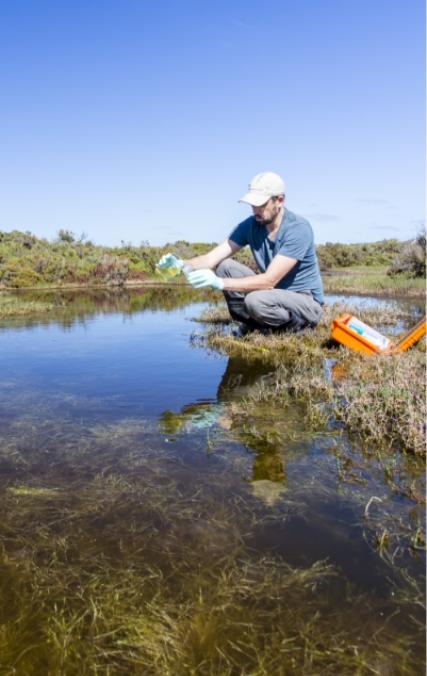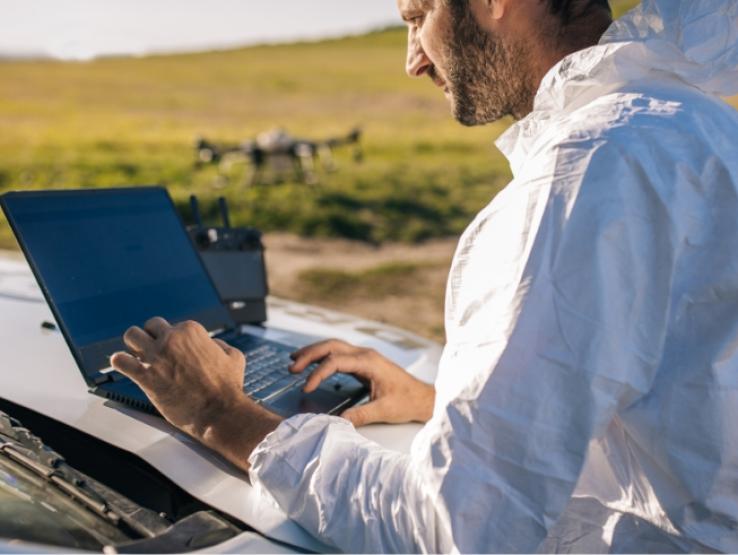


We are committed to providing safe and effective mosquito management services
Responsibly managing the mosquito population
The Southeast Regional Service Commission is using a combination of novel drone technologies and proven, science-backed mosquito management practices to best manage our region’s mosquito populations. Mosquitoes present major challenges in the Southeast region due to both their significant nuisance biting behavior and their potential role in the transmission of mosquito-borne disease, such as West Nile Virus. Our technologically driven management initiative will help continue to safeguard public health and create opportunity for more outdoor enjoyment.
An effective mosquito management program does not aim to eliminate all mosquitoes. Rather it aims to manage mosquito numbers in such a way that promotes overall ecological stability and health, while mitigating the associated impacts of their biting behaviour. Our methods help to ensure that no people, pets and other animals, aquatic life, or other insects, including honeybees, are harmed or impacted as a result of our operations.
Meet the buzz that doesn’t bite
Our mosquito management drones
We use drones to apply Bti in public spaces such as wetlands, which are a common breeding habitat for mosquitoes. This application is a data-driven decision—not a blanket application.
Drones follow a strategic path that is determined by the input of various data points. High-precision mapping/routing software then coordinates the route. Our application drones are highly capable and feature many physical and software-based features that help ensure both efficiency and public safety.
Our drone operators are fully licensed and ensure that all drone-related operations are conducted under the relevant guidelines and regulations as set out by Transport Canada, NAV Canada, and the Department of Environment.

Working to protect our ecosystem
Committed to environmental monitoring
The Southeast Regional Service Commission uses an Integrated Insect Management (IIM) based approach for all our regional mosquito management operations. This data-driven model allows us to actively monitor the environments in which we work and ensure ecological health remains paramount.
Technicians perform whole-site scans and develop targeted treatment plans informed by integrated data collection. In doing so, we’re actively monitoring ecological parameters to promote an overall healthier environment.







